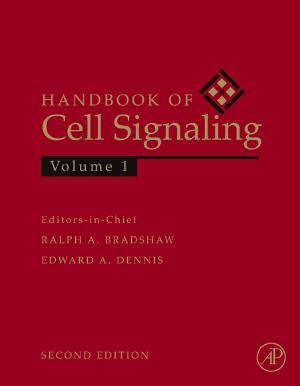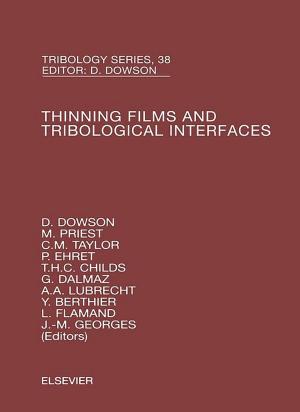Zero
A Landmark Discovery, the Dreadful Void, and the Ultimate Mind
Nonfiction, Science & Nature, Mathematics, History| Author: | Syamal K. Sen, Ravi P. Agarwal | ISBN: | 9780128046241 |
| Publisher: | Elsevier Science | Publication: | November 6, 2015 |
| Imprint: | Academic Press | Language: | English |
| Author: | Syamal K. Sen, Ravi P. Agarwal |
| ISBN: | 9780128046241 |
| Publisher: | Elsevier Science |
| Publication: | November 6, 2015 |
| Imprint: | Academic Press |
| Language: | English |
Zero indicates the absence of a quantity or a magnitude. It is so deeply rooted in our psyche today that nobody will possibly ask "What is zero?" From the beginning of the very creation of life, the feeling of lack of something or the vision of emptiness/void has been embedded by the creator in all living beings. While recognizing different things as well as the absence of one of these things are easy, it is not so easy to fathom the complete nothingness viz. the universal void. Although we have a very good understanding of nothingness or, equivalently, a zero today, our forefathers had devoted countless hours and arrived at the representation and integration of zero and its compatibility not only with all non-zero numbers but also with all conceivable environments only after many painstaking centuries. Zero can be viewed/perceived in two distinct forms: (i) as a number in our mundane affairs and (ii) as the horrific void or Absolute Reality in the spiritual plane/the ultimate state of mind.
Presented are the reasons why zero is a landmark discovery and why it has the potential to conjure up in an intense thinker the dreadful nothingness unlike those of other numbers such as 1, 2, and 3. Described are the representation of zero and its history including its deeper understanding via calculus, its occurrences and various roles in different countries as well as in sciences/engineering along with a stress on the Indian zero that is accepted as the time-invariant unique absolute zero. This is followed by the significant distinction between mathematics and computational mathematics and the concerned differences between the unique absolute zero and non-unique relative numerical zeros and their impact and importance in computations on a digital computer.
- Introduces the history of the value of zero and why it was a landmark discovery
- Discusses how zero is used in science and engineering and its use in different countries
- Explains how zero affects different mathematics and calculus
Zero indicates the absence of a quantity or a magnitude. It is so deeply rooted in our psyche today that nobody will possibly ask "What is zero?" From the beginning of the very creation of life, the feeling of lack of something or the vision of emptiness/void has been embedded by the creator in all living beings. While recognizing different things as well as the absence of one of these things are easy, it is not so easy to fathom the complete nothingness viz. the universal void. Although we have a very good understanding of nothingness or, equivalently, a zero today, our forefathers had devoted countless hours and arrived at the representation and integration of zero and its compatibility not only with all non-zero numbers but also with all conceivable environments only after many painstaking centuries. Zero can be viewed/perceived in two distinct forms: (i) as a number in our mundane affairs and (ii) as the horrific void or Absolute Reality in the spiritual plane/the ultimate state of mind.
Presented are the reasons why zero is a landmark discovery and why it has the potential to conjure up in an intense thinker the dreadful nothingness unlike those of other numbers such as 1, 2, and 3. Described are the representation of zero and its history including its deeper understanding via calculus, its occurrences and various roles in different countries as well as in sciences/engineering along with a stress on the Indian zero that is accepted as the time-invariant unique absolute zero. This is followed by the significant distinction between mathematics and computational mathematics and the concerned differences between the unique absolute zero and non-unique relative numerical zeros and their impact and importance in computations on a digital computer.
- Introduces the history of the value of zero and why it was a landmark discovery
- Discusses how zero is used in science and engineering and its use in different countries
- Explains how zero affects different mathematics and calculus















